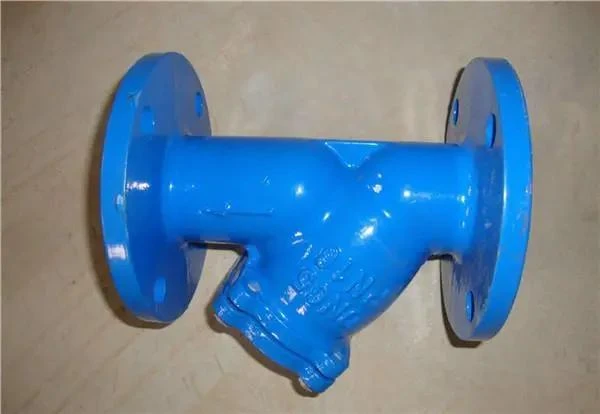Dec . 31, 2024 18:28 Back to list
Durable Cast Iron Floor Plates for Precision Fabrication and Industrial Use
Understanding Cast Iron Floor Plates A Comprehensive Overview
Cast iron floor plates are essential components in various industrial and manufacturing applications, renowned for their durability, precision, and versatility. These heavy-duty plates serve as stable and uniform bases for a myriad of tasks, including machine setup, inspection, and assembly. By delving into the characteristics, benefits, applications, and maintenance of cast iron floor plates, we can gain valuable insights into their significance in modern engineering environments.
Characteristics
Cast iron floor plates are primarily made from cast iron, a material known for its excellent wear resistance and ability to maintain shape under extreme pressures. They come in various sizes and thicknesses, which allows flexibility in their use across different applications. The surface of these plates is typically ground to a high degree of flatness and smoothness, ensuring accurate measurements and stability when laying out parts or performing machining operations. Additionally, cast iron has intrinsic damping properties, which help absorb vibrations and maintain precision during operations.
Benefits
One of the most significant benefits of cast iron floor plates is their exceptional stability. Once positioned, they resist distortion, which is crucial for ensuring measurement accuracy in precision engineering tasks. Their heavy weight also contributes to vibration dampening, providing a stable platform for machinery and minimizing the chances of integrating errors into finished products.
Moreover, cast iron has a low thermal expansion coefficient, meaning that it maintains its dimensional integrity across a broad temperature range. This trait is particularly advantageous in environments where temperature fluctuations are common, as it preserves the accuracy and performance of both the floor plates and the machinery installed on them.
cast iron floor plate

Applications
Cast iron floor plates find extensive use across various industries, including automotive manufacturing, aerospace, and general engineering. In quality control, they serve as referencing surfaces for coordinate measuring machines (CMMs) and other inspection tools. The high level of precision provided by these plates contributes to reliable measurements and helps maintain quality assurance standards in production processes.
In machine shops, these floor plates can be utilized as work surfaces for setups involving milling, grinding, or drilling operations. Additionally, they are often incorporated into fixtures and jigs, facilitating the reliable positioning of components during assembly or manufacturing processes.
Maintenance
To ensure longevity and continued performance, regular maintenance of cast iron floor plates is essential. This includes cleaning the surface to remove any debris or coolant that could lead to corrosion. It is advisable to apply a protective oil or wax coating periodically to protect against rust and wear. Additionally, periodic calibration of the flatness and squareness of the plates should be conducted to identify any wear over time and maintain their precision.
Conclusion
In summary, cast iron floor plates play a pivotal role in industries where precision, stability, and durability are fundamental. Their unique characteristics, combined with the numerous benefits they offer, make them an invaluable asset in manufacturing and engineering environments. Understanding their applications and proper maintenance can further enhance their effectiveness, ensuring that they continue to meet the demands of modern engineering for years to come. As industries evolve, the importance of such foundational components remains a critical factor in achieving operational excellence and superior product quality.
-
Why Metric Trapezoidal Thread is Ideal for Precision Motion ControlNewsAug.05,2025
-
The Unique Properties of a Block of Granite for Industrial UseNewsAug.05,2025
-
The Role of Flanged Y Strainers in Preventing Pipeline ClogsNewsAug.05,2025
-
The Importance of Regular Calibration for Master Ring GagesNewsAug.05,2025
-
How a Cast Iron Surface Table Enhances Accuracy in ManufacturingNewsAug.05,2025
-
Comparing Different Check Valve Types for Optimal Flow ControlNewsAug.05,2025
Related PRODUCTS









